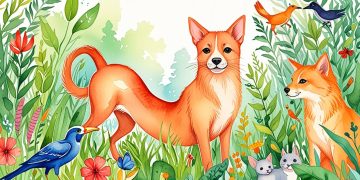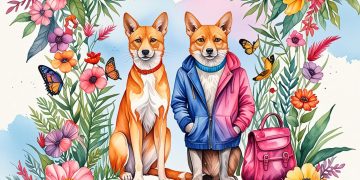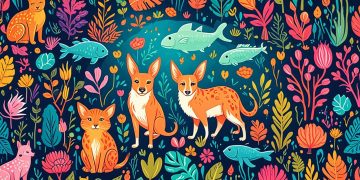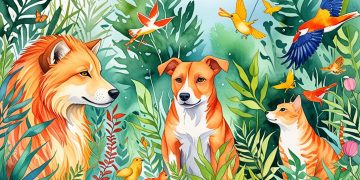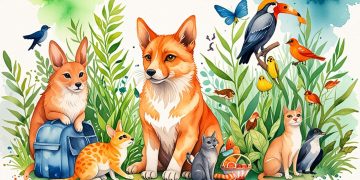Technology plays a crucial role in wildlife conservation, utilizing GPS tracking, drones, and AI analytics to protect endangered species. Simultaneously, pets foster community engagement and awareness, linking domestic animal care with conservation efforts. Together, they create a powerful synergy for preserving biodiversity and promoting a sustainable future.

